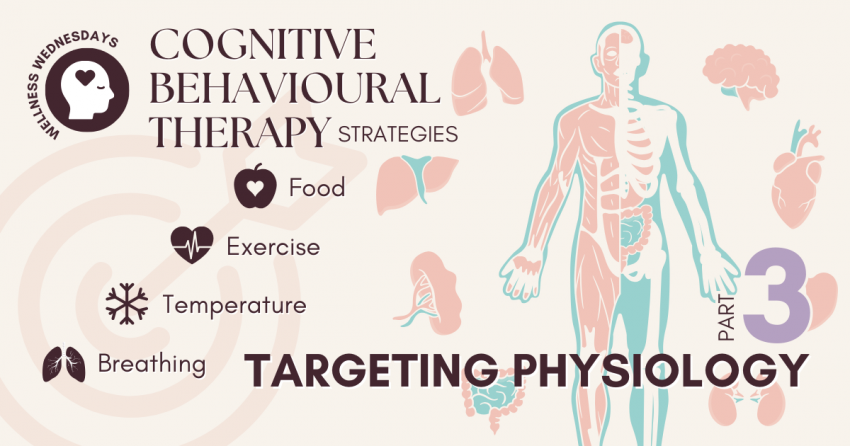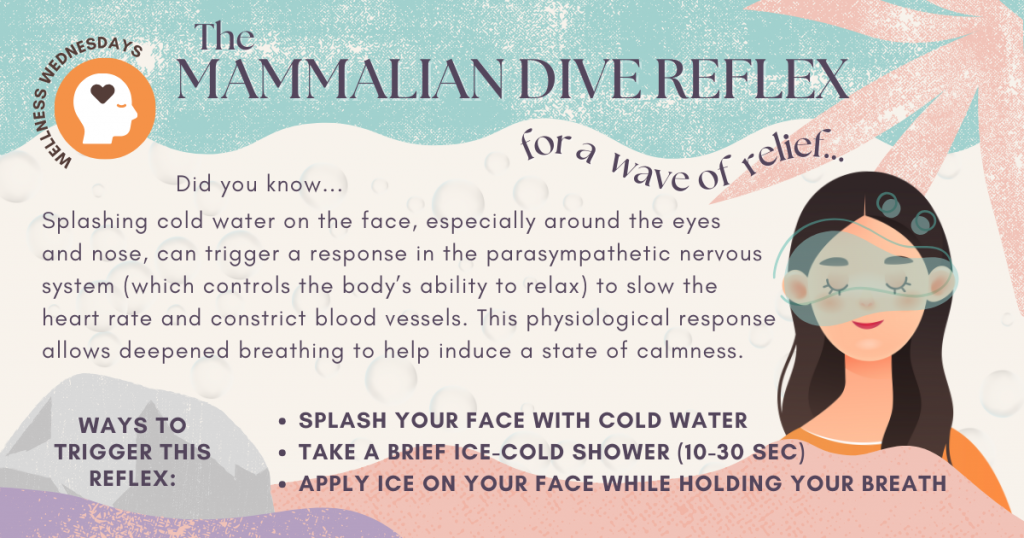Anxiety is a common concern for many parents. It’s natural for children to experience it from time to time, but when it becomes overwhelming, it’s important to have practical strategies to help them manage it effectively. One fundamental aspect of Cognitive Behavioural Therapy (CBT) that can be incredibly helpful is targeting physiology – understanding how the body responds to perceived threats and regulating those responses by employing a more hands-on approach to alleviate feelings of worry, nervousness, stress, fear, or panic.
Understanding the Body’s Response to Anxiety
As the name implies, the Autonomic Nervous System regulates involuntary body functions and controls this by two opposing systems: The Sympathetic Nervous System (SNS) and the Parasympathetic Nervous System (PNS). When faced with a perceived threat, the body instinctively engages in a stress response, a reasonable reaction designed to protect against danger. This response, orchestrated by the SNS, triggers the release of stress hormones like cortisol and adrenaline, preparing the body for fight, flight, or freeze reactions. However, in cases of anxiety where there’s no real danger, this physiological response can exacerbate feelings of distress.
The goal in managing anxiety through physiology is to activate the PNS, also known as the “rest and digest” system. This system promotes relaxation, slows down heart rate, and counteracts the overstimulation of the SNS.
The following video explains the two parts that make up the Autonomic Nervous System:
How to Activate the Parasympathetic Nervous System (PNS)
FOOD
Telling our bodies that there’s no need to remain on high alert, and that everything is safe and okay can be as simple as eating! Consuming food, especially those containing healthy fats that take longer to digest can activate the PNS to promote digestion, relaxation, and nutrient absorption. Depending on the level of anxiety, simply drinking or chewing gum can have the same effect.
Try offering your child a nutritious snack when they’re feeling anxious. Foods that can help promote a feeling of satiety and relaxation by providing a steady release of energy and signaling to the body that it’s safe include nuts, seeds, nut butters, avocado, cheese, full-fat yogurt, or combinations such as avocado toast sprinkled with hemp hearts, yogurt with banana slices, or almond butter on whole-grain crackers.
The sensory experience of eating, including texture, taste, and smell, can ground your child in the present moment, diverting their focus from whatever is troubling them.
Some studies even suggest that a diet rich in Omega-3 fatty acids, magnesium, and B vitamins may help reduce symptoms of anxiety in certain individuals.
EXERCISE
Engaging in aerobic exercise, such as running, cycling, or dancing, stimulates the Vagus Nerve, which regulates heart rate, breathing, digestion, and promotes relaxation.
Endorphins are neurotransmitters that are released during exercise and act as natural mood stabilizers, helping to lower stress levels and improve overall mood.
Invite your child to go for a bike ride after school or start spontaneous freeze dances as ways to teach them how to channel their energy and manage their anxiety in a fun and constructive way. Regular physical activity not only helps in the moment by reducing feelings of anxiety, but it also builds a routine that can lead to long-term benefits in mood regulation and emotional resilience.
TEMPERATURE
Introducing cold water or an ice pack to the face prompts a reflexive response known as bradycardia, slowing the heart rate and activating the PNS. Suggest applying a cool washcloth to your child’s face and ask them how it makes them feel.
Submerging the face in cold water or splashing it while holding the breath activates the Mammalian Dive Reflex, further promoting relaxation by conserving oxygen in the body.
PACED BREATHING
Anxiety will often cause a person to panic and breathe rapid shallow breaths. This directly increases the body’s stress response by increasing heart rate and causing feelings of dizziness and lightheadedness. Teaching your child deep, slow-paced breathing engages the diaphragm and signals the brain to activate the PNS, potentially reducing heart rate and blood pressure.
Lengthening the exhalation stimulates the Vagus Nerve, promoting relaxation and decreasing the stress response.
Mindful breathing techniques, such as focusing on the breath and the present moment, also have the potential to activate the PNS.
Sit with your child and guide them through one of the exercises in our Breathe Easy series. Use the arrows below the image to navigate through the options and click on an image to learn the corresponding technique.
FIDGETS
Using fidget toys like spinners, pop-its, stress balls, squishies, or snap-and-click tracks can redirect attention from negative thought cycles to the tactile and sensory experience of the toy. This also grounds the child to the present moment as they focus on an item, potentially calming the body’s stress response by moderating the activation of the SNS and helping to regulate the nervous system.
By understanding how anxiety manifests physiologically in the body, parents can empower their children with practical tools to manage their symptoms effectively. Incorporating these strategies into daily routines can not only help alleviate immediate feelings of anxiety but also provide valuable coping mechanisms for navigating future challenges.
In our next installment of the series on CBT strategies, we’ll dive into the power of realistic and rational thinking in managing anxiety. Discover how shifting perspectives and challenging irrational beliefs can empower you and your child to navigate life’s challenges with confidence and resilience.


